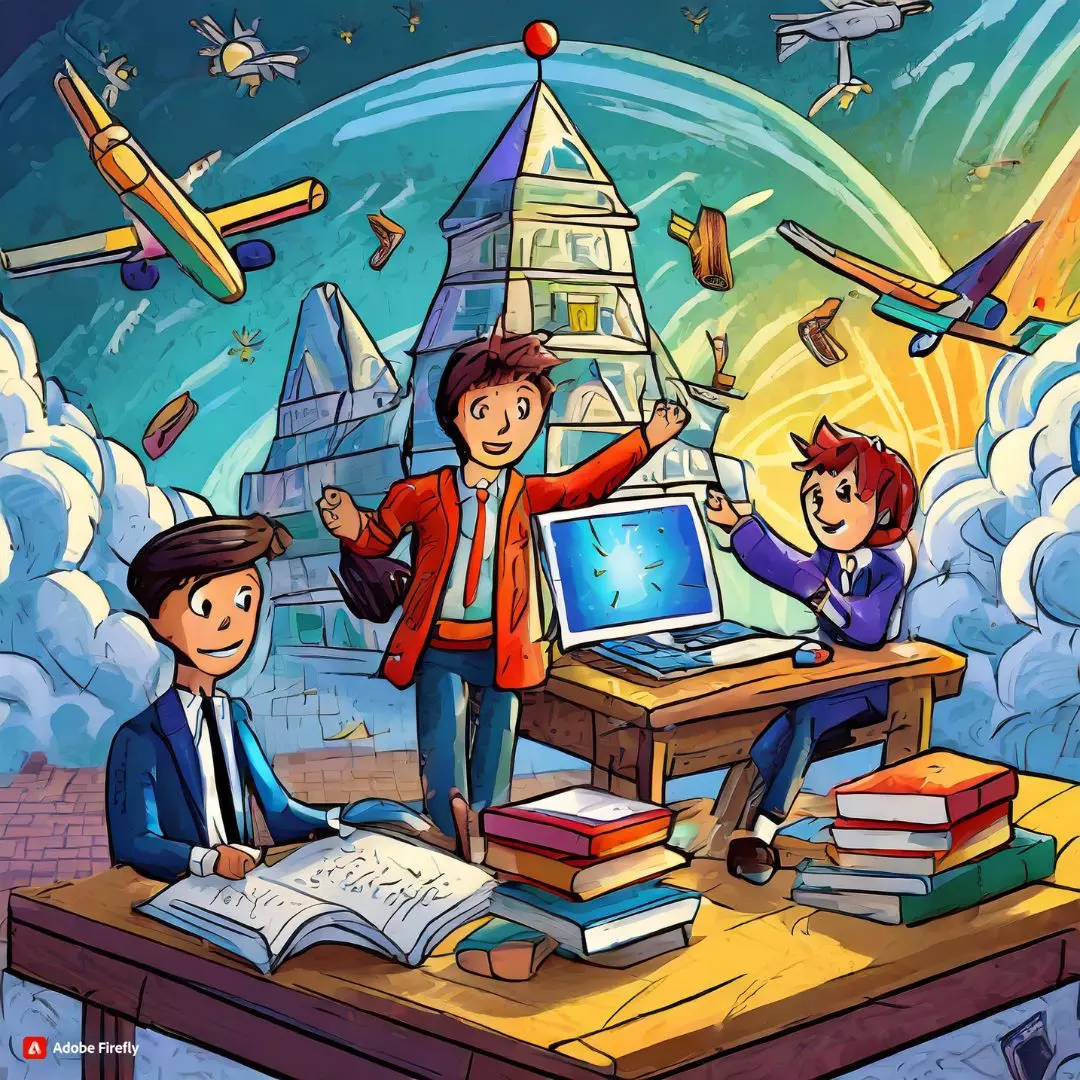In a dynamic shift, the adoption of gamification in education has surged in recent years, reshaping traditional teaching methods. Educators worldwide are increasingly turning to game-based learning as students attest to its motivating and engaging nature. Reports suggest that gamification not only enhances retention but also boosts overall performance. This article delves into the myriad benefits of gamification in education and explores effective strategies for its implementation in classrooms.
A primary advantage of gamification in education lies in its ability to motivate and engage students. The interactive and enjoyable nature of game-based learning captures students’ interest, fostering a sense of investment in their education. Mechanics like points, badges, and leaderboards create a competitive atmosphere, encouraging students to excel individually and collaboratively.
Gamification empowers educators to personalize learning experiences based on individual student needs. By incorporating various game-based activities and challenges, teachers can tailor educational content to match each student’s unique abilities. This approach allows students to progress at their own pace, while teachers can provide personalized feedback and monitor individual progress.
Gamification offers a platform for students to apply and practice learned concepts interactively. Games designed to teach specific topics enhance problem-solving and critical thinking skills, promoting a deeper understanding of the subject matter. This method not only aids in information retention but also encourages real-world application of acquired knowledge.
Gamification In Education
Games designed for group play foster socialization and collaboration among students. Through teamwork and effective communication, gamification creates a positive and encouraging learning atmosphere. Students feel more at ease, building confidence in their interactions with peers.
The use of rewards such as points and badges serves as a powerful positive reinforcement tool. By recognizing achievements, gamification motivates students to pursue their goals and continue their learning journey. This approach contributes to building students’ self-esteem and confidence, positively impacting their overall academic performance.
While the potential of gamification in education is substantial, challenges exist in its implementation. Concerns include the risk of over-reliance on rewards, potentially leading to a superficial understanding of subjects. Careful consideration is required to balance extrinsic and intrinsic motivation, using rewards as a means to encourage engagement rather than overshadowing the learning experience. Tailoring gamification to individual student preferences and needs, while addressing potential disengagement, is crucial for success.
As technology disrupts traditional teaching methods, gamification emerges as a powerful tool to enhance student learning outcomes. While challenges exist, strategic implementation, considering individual needs and preferences, can harness the potential of gamification to create an immersive and effective learning experience. As India strides into a digital future, gamification is poised to play a pivotal role in shaping the education landscape and preparing students for the evolving world ahead.
Also Read: Savoring The Symphony Of Spices: A Culinary Exploration Of Chettinad Cuisine In Tamil Nadu











